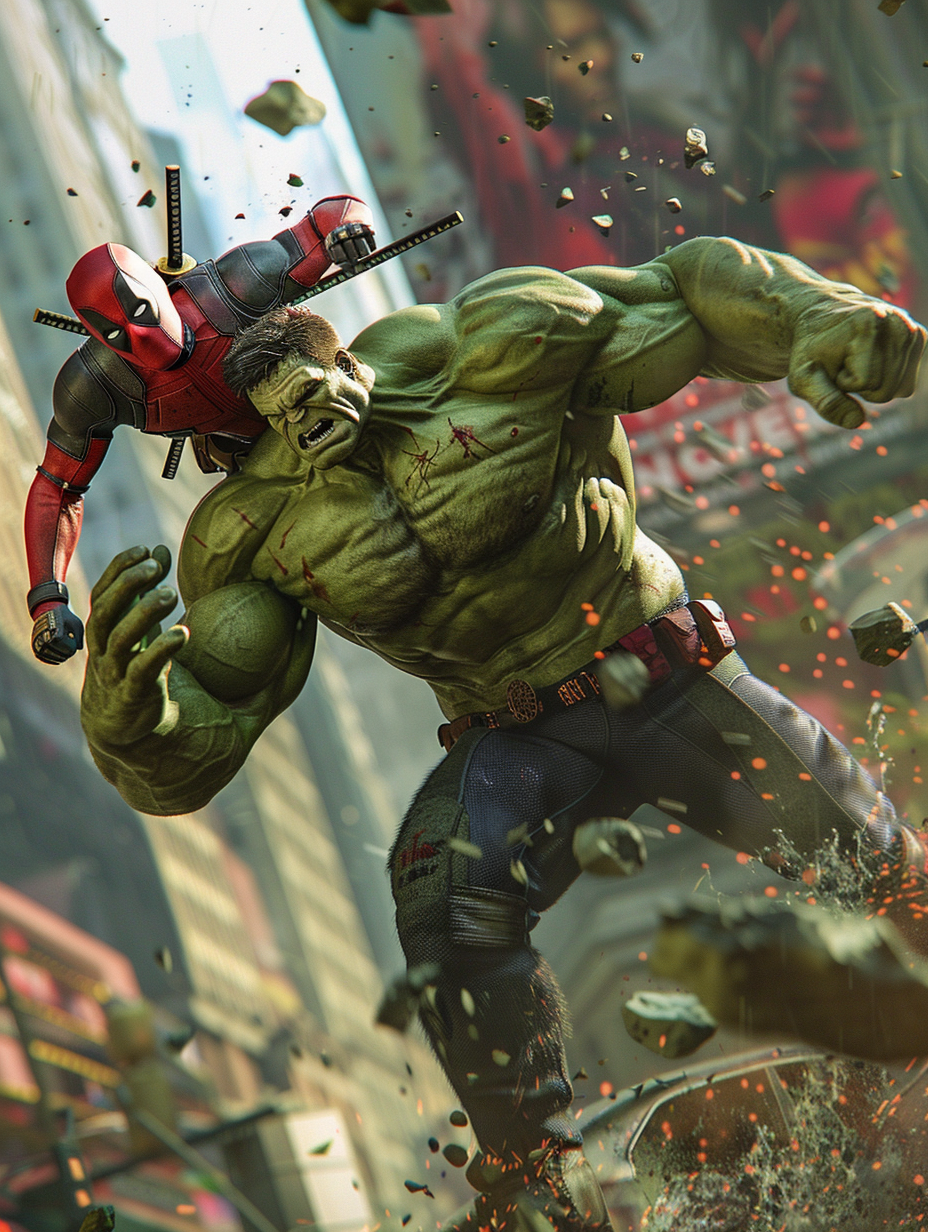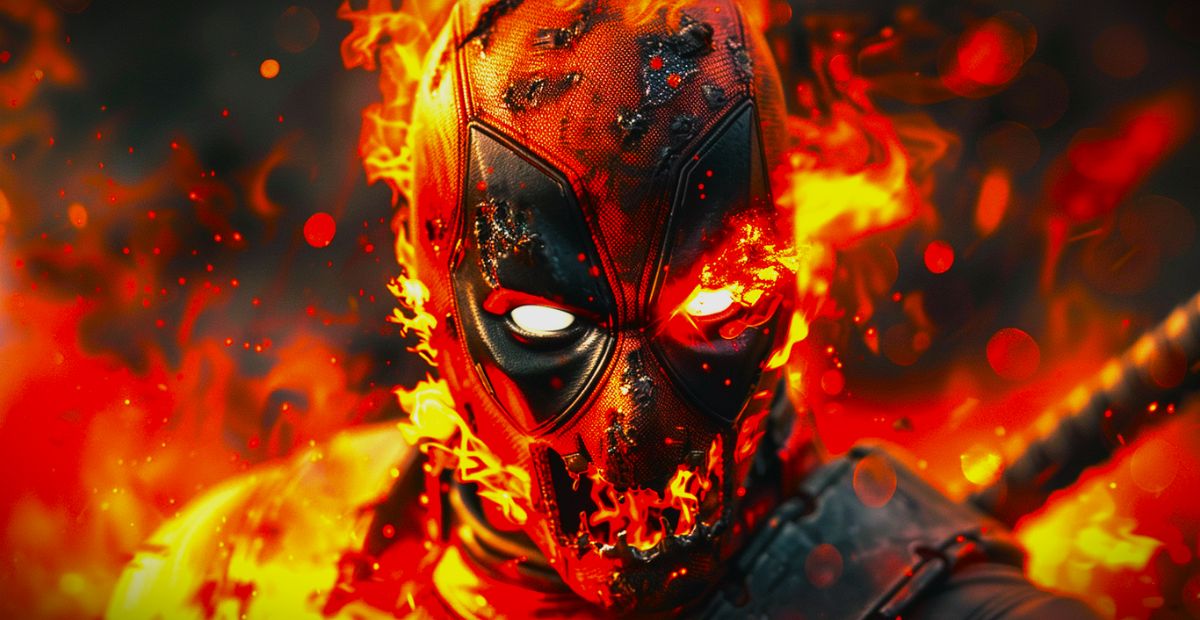Wade Wilson—or Deadpool—is a death-defying fighter, an unbeatable agent, and an… ‘unconventional’ hero; you name it.
Beyond his sense of humor, his key selling point is undoubtedly his incredible healing factor. But fear not.
This article is about to uncover the secret recipe behind Deadpool’s die-hard nature.
Let’s jump right into it!
Contents
How the Healing Factor of Deadpool Works
Deadpool’s regeneration ability stems from an experiment aimed at curing his aggressive cancer, linking his powers to the disease.
The healing process involves manipulating oncogenes and tumor suppressor genes; these genes control cell division, promoting rapid healing without uncontrolled cancer growth.
Just like the axolotl that can regrow limbs, Deadpool’s cells react to injury by quickly increasing oncogenes and then using tumor suppressor genes to heal and rebuild tissue efficiently.
This biological orchestration allows him to recover from severe injuries quickly while maintaining control over potential cancerous developments.
But, outside of genetic aspects, there is a crucial factor to determine such a regeneration process: neurology (or for short: brain).
The Rule to Entirely Eliminate Healing Factor: Brain
Yes. The argument is straightforward: While the healing factor can regenerate arms, legs, or the entire body, its critical weakness is that it cannot regenerate memories or feelings.
Memories and feelings are non-physical patterns of neural signals, reinforced and stored in brain areas like the hippocampus through experiences.
This concept, demonstrated in characters like Deadpool (and Wolverine), suggests that newly regenerated neurons are blank slates, lacking advanced skills or personalities.
Therefore, if his nervous system is severely damaged, of course, the brain might be able to recover, but fighting skills, consciousness, and similar functions may not.
In short: No brain, no Wade.
This concept was portrayed on the movie screen once, but with Wolverine in ‘The Wolverine.’ In Wade’s case, well… It seems like he just prefers acting ridiculous.
But in fact, this might just be counted as a weakness rather than a sole way to kill Deadpool completely.
Proven Ways to Kill Deadpool
So, you’ve learned a way to kill Deadpool scientifically: Where there’s a will, there’s a Wade. To demonstrate this, we will explore three proven scenarios where Deadpool has been killed completely.
#1: Lightning Strike

In the “Deadpool Annual,” issue #1, a critical moment occurs when Deadpool’s botched attempt to confront another character culminates dramatically.
His encounter ends with a direct strike from Thor’s hammer, Mjolnir, unleashing a powerful lightning blast.
This intense electrical surge instantly incinerates Deadpool and another character, reducing them to nothing more than a pile of ash.
There are absolutely no remains left, not even Wade’s brain.
#2: Hulk SMASH!

In “Deadpool,” issue #39, Deadpool orchestrates his own potential demise by provoking Hulk, knowing only Hulk could crush him to the molecular level.
Using tricks and taunts, Deadpool enrages Hulk until he finally explodes, smashing Deadpool into micro pieces, including his brain, preventing any chance of reassembly.
Despite his healing factor, in this case, recovering from such a smash is daunting.
#3: Penance Glare

In “Deadpool” issue #26, Ghost Rider tries to exact karmic justice on Deadpool by using his Penance Stare, hoping to turn Deadpool’s victims against him.
However, the attempt fails, and Ghost Rider reverts to Johnny Blaze.
Reflecting on his methods, Blaze acknowledges that: rather than employing subtleties like the Penance Stare, he should have used his ability to unleash hellfire directly on Deadpool.
Utilizing hellfire, either targeting Deadpool’s soul or his brain, would likely have been more effective in ensuring his demise.
Bonus: Can A Vertical Cut Kill Deadpool?
If the critical issue is the brain, could vertically slicing Deadpool’s head kill him? We’ve explored this possibility in detail here.
But to simplify here, the answer is no (or not yet).
Remember, the weakness of the healing factor is tied to the memory or, biologically, the patterns of energy in the brain.
When a vertical cut is made, the body, including the brain and heart, is split in half.
However, brain cells can continue functioning for 5-10 minutes after the heart stops, or even longer depending on the circumstances.
For Wade, a man who can regenerate his entire body in about 10 minutes, this window is sufficient for his healing abilities to kick in, thereby ensuring his survival.
So, when you’re gearing up to face off against Deadpool, bear in mind: Where there’s a will, there’s a Wade!
